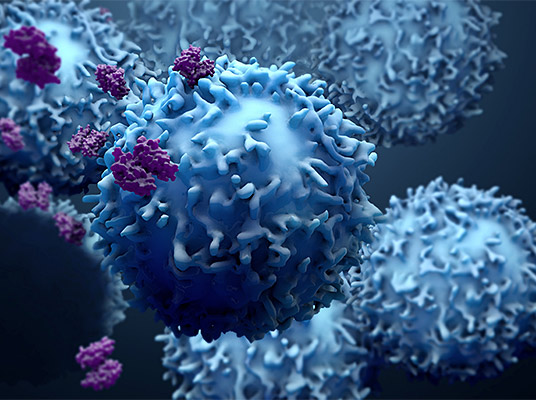



However, it must also be noted that this is the study of CDK4/6 inhibitors with the longest follow-up (7.5 years) and that 10% of all patients in this study are still receiving therapy with palbociclib. We see this both in the different structure and in the side effect profile. Looking at these results and also the results in the adjuvant setting allows us to come to the conclusion that there might be more differences between the individual CDK4/6 inhibitors than we expected. In an unplanned subgroup analysis that took into account the PALOMA-1 and PALOMA-2 data with patients with DFS ≥12 months, it was then possible to show a longer survival in favor of palbociclib.
#Keynote 522 2022 trial
The proportion of early relapse patients (DFS ≤12 months) was significantly higher than in MONALEESA-2, presenting patients with carcinomas that are endocrine resistant with a assumed worse prognosis, thus probably having an impact on the trial results. Another explanation for the discrepant result compared to the OS data of the MONALEESA-2 study could also be the patient characteristics. This imbalance must be taken into consideration when evaluating the study as it might make the interpretation of the results more difficult. One way Finn tried to explain this in his presentation is by showing that there was a substantial amount of data missing in the follow-up and that the loss was unbalanced between the two arms. Furthermore, the absolute delta in survival was much less compared to the MONALEESA trials. presented the OS data, a numerically increased OS in favor of palbociclib became apparent, but the results were not significant (HR = 0.96 p = 0.43). Still, PALOMA-2 OS data of over 50 months in the allcomers and over 60 months in clearly endocrine-sensitive patients, positions palbociclib as full-fledged CDK4/6 inhibitor in the first-line treatment of endocrine-sensitive postmenopausal population, especially due its favorable toxicity profile, which makes it the optimal choice in old and fragile patients with lots of comorbidities. When the OS was analyzed solely in the subgroup of patients with DFI longer than 12 months, OS in the palbociclib group was 64 months compared to 44.6 months in the placebo group, which is comparable to the OS data from the MONALEESA-2 study, which confirmed significant OS prolongation by addition of CDK4/6 inhibitor ribociclib to the aromatase inhibitor. Further on, the PALOMA-2 study has included quite diverse patient population, as 20% of the patients had disease-free interval (DFI) less than 12 months from finishing early breast cancer treatment. The OS analysis was adjusted by exclusion of the patients missing survival data, which most certainly has provoked some bias. One of the reasons could be significant dropout from the study, as even one third of patients were missing survival data – 13% of patients in the palbociclib arm and 21% in the placebo arm, due to consent withdrawal or lost to follow-up. When we closely look at OS data, there could be few reasons for this finding. Although CDK4/6 inhibitors as class improved overall survival (OS) of HR+/HER2– metastatic breast cancer patients, in the PALOMA-2 study, after 7.5 years of follow-up and required number of survival events, results did not reach key secondary endpoint – OS improvement, with addition of palbociclib to AI (53.9 versus 51.2 months). Silovski: The PALOMA-2 study investigated addition of palbociclib to aromatase inhibitor in the first-line treatment of hormone receptor (HR)-positive, HER2-negative metastatic breast cancer (mBC) and initially confirmed efficacy of palbociclib, reached its primary endpoint, and almost doubled progression-free survival (PFS) by addition of palbociclib to mono endocrine therapy (ET) – aromatase inhibitor (AI) versus ET alone (24.8 versus 14.5 months).


 0 kommentar(er)
0 kommentar(er)
